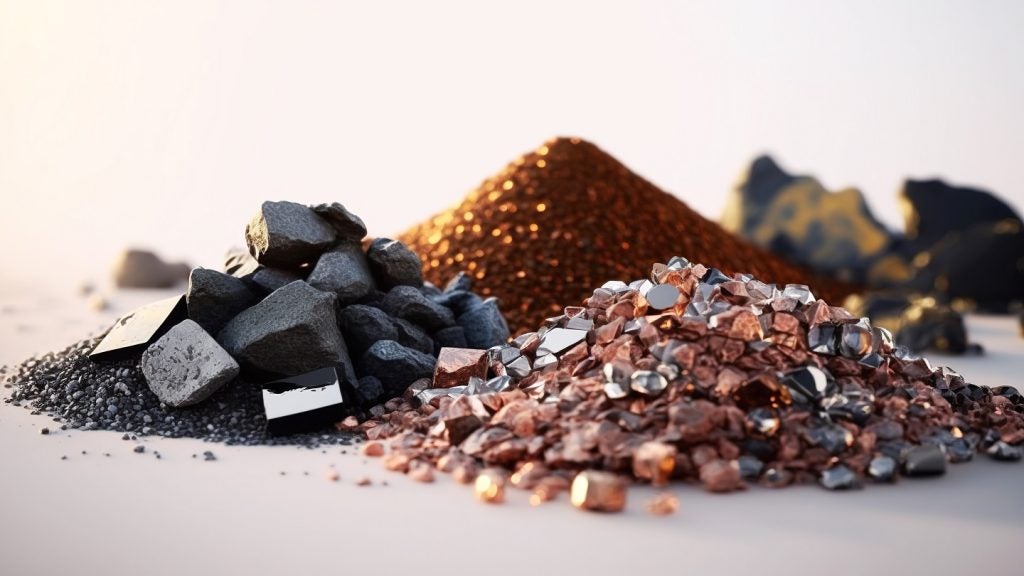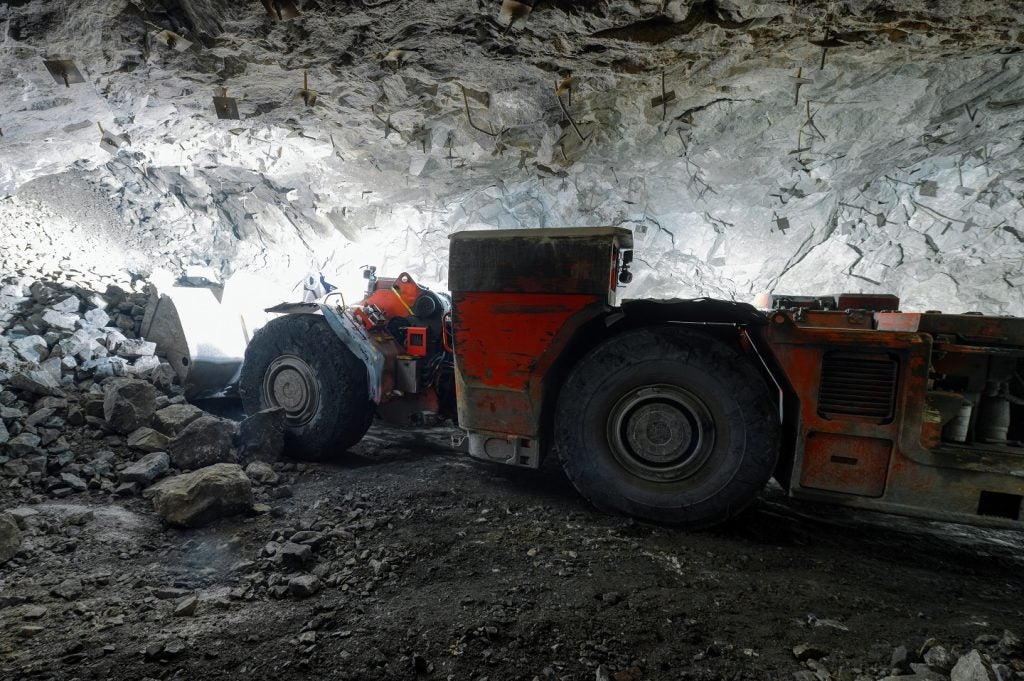
Chinese overseas investment in metals and mining is due to reach record levels this year, according to research from Fudan University in Shanghai.
According to the report from the Green Finance and Development Centre, Chinese investments and new contracts in the metals and mining sector was more than $10bn in the first half of 2023, a 131% growth rate compared with the same period in 2022.
The report explores investment in the Belt and Road Initiative (BRI) during the first half of 2023. The BRI is an extensive China-led infrastructure project that was launched in 2013 and seeks to connect China with Europe, Asia and further afield. Mineral resources play a key role in the project, and in 2015, Beijing launched the Belt and Road Mining Industry Development Fund.
Transition minerals used in batteries, such as lithium, are of particular interest to Chinese investors, the report states. Uranium, steel, copper and iron have also seen investment.
China is currently the world’s biggest producer of electric vehicles, batteries, solar panels and wind turbines, a position which it is working to maintain.
“Major growth countries of Chinese engagement were Bolivia, Namibia, Eritrea, and Tanzania,” the report, which was published 1 August states. Additionally, 26 countries including Turkey, Poland and Kenya saw a 100% drop in BRI engagement. Huayao Cobalt and battery giant CATL were both key investors throughout the year so far.
How well do you really know your competitors?
Access the most comprehensive Company Profiles on the market, powered by GlobalData. Save hours of research. Gain competitive edge.

Thank you!
Your download email will arrive shortly
Not ready to buy yet? Download a free sample
We are confident about the unique quality of our Company Profiles. However, we want you to make the most beneficial decision for your business, so we offer a free sample that you can download by submitting the below form
By GlobalDataThe BRI drew in a total of 148 countries and surpassed $1tn (7.17trn yuan) in cumulative projects. However, this week Italy’s Defence Minister Guido Corsetto described the decision to join the BRI in 2019 as “improvised and atrocious”. Corsetto said that China were the only winners from the development project and it has done little to boost Italy’s exports.
Beijing’s efforts to secure an ongoing supply of raw minerals is also accompanied by a growing domestic processing sector. The report’s authors state that China owns more than 50% of global lithium, nickel, cobalt and graphite processing capacity.
According to the Fudan University data, in the first half of 2023, investments as a share of BRI engagement reached a record 61%, marking the first six-month period when construction contracts accounted for less than half the value of new BRI financing.
The report also tracks energy investment in China in the past six months. Around 41% of energy engagement went into solar and wind, plus an additional 14% into hydropower. The energy sector saw the majority of BRI investment. China is on track to double its utility-scale solar and wind power capacity between now and the end of the decade.







